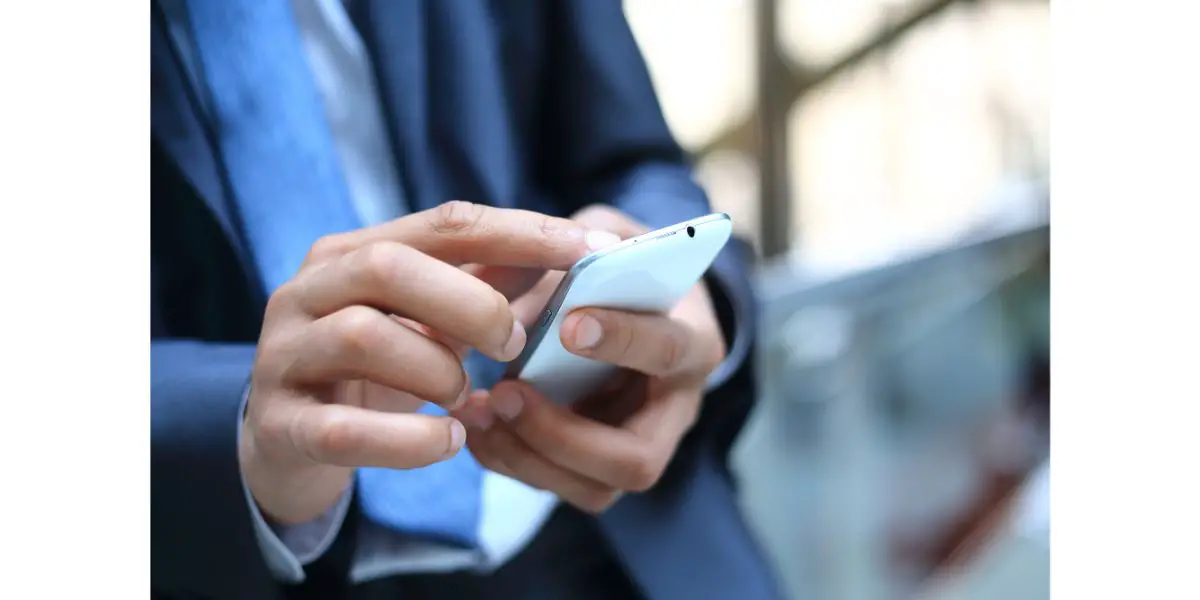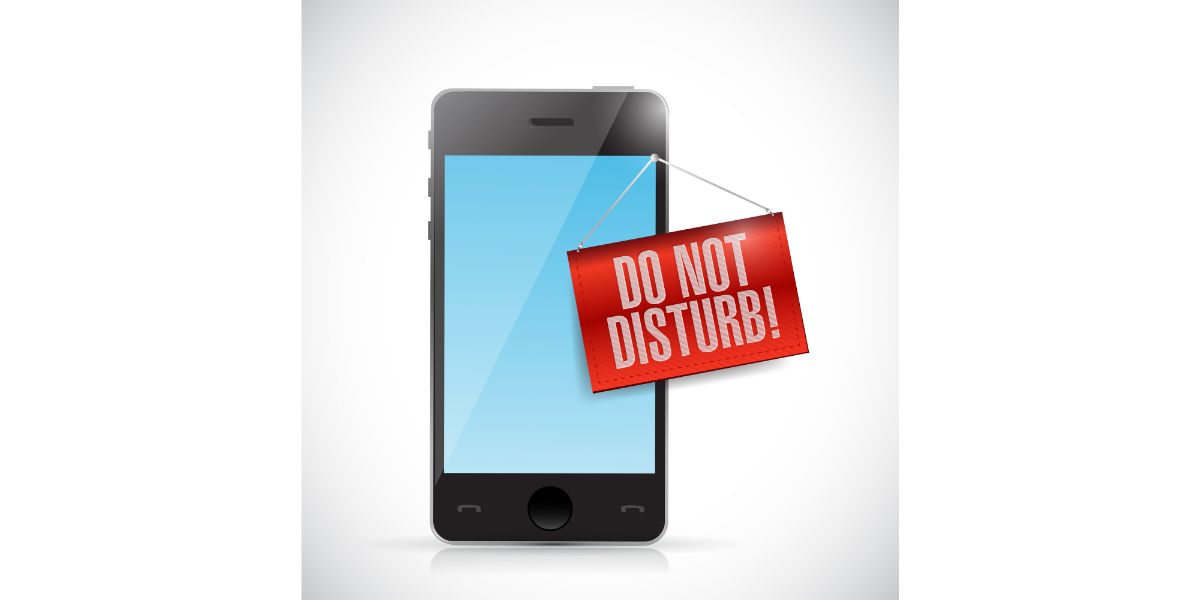Disclaimer: This post may contain affiliate links, meaning we get a small commission if you make a purchase through our links, at no cost to you. For more information, please visit our Disclaimer Page.
We’ve all been plagued with “unknown callers” and “spam” calls to the point where most of us are happy to see an incoming call go straight to voicemail with barely half a ring. However, no one wants their smartphones to do that when friends and family call.
This could be a matter of you being a victim of circumstance, traveling in and out of service when people are trying to contact you. It could also mean you or the caller is blocked, you have a variation of “do not disturb” on, airplane mode is on, or it could just be carrier maintenance.
That last one is a worst-case scenario and it’s entirely on your carrier. If they are having difficulty dealing with all of the traffic or having problems with their system, the customer is the one to suffer. Other than that, let’s walk through some of the troubleshooting tips for each scenario.
Table of Contents
Phone Rings Once Then Goes To Voicemail – 5 iPhone & Android Fixes
1. You Have Airplane Mode On
Airplane mode is a feature that both Androids and iPhones have. It’s useful for when you are flying and all of the onboard electronics have to be turned off so they don’t interfere with the flight. At some point, the captain or flight attendants will tell everyone that it’s okay to turn their phone back on again.
Airplane mode basically turns your phone into a completely offline device. No phone calls and no internet of any kind. Emergency calls are generally the only ones that break through Airplane mode and then only on certain phones.
If you have Airplane mode on by accident, you will see the Airplane symbol on the top of the screen, rather than the vertical bars that indicate signal strength. It will also cover LTE coverage symbols or data symbols for other phones. In other words, it’s hard to miss.
Turn Off Airplane Mode: Android
- Open the Settings Menu
- Locate and select “Network & Internet”
- Scroll down and Select “Airplane Mode”
- Toggle Airplane Mode “Off”
Turn Off Airplane Mode: iPhone
- Swipe down from the top, right-hand corner of the screen
- Tap the Airplane symbol to turn off or on
- Or, open the Settings menu
- Airplane Mode is at the top of the column in Settings
- Toggle it off
That’s all there is to it. Simple as that.
2. Poor Cell Service/Coverage
There’s really no getting around this one. Even in 2023, there are still enough dead zones out there to annoy even the most moderate of mobile tech enthusiasts. It’s worse when it comes to data but it’s still an issue with cell coverage as well.
Sometimes, dead zones are so small that it’s just enough to disconnect you when driving down the highway.
By the time you look at the screen, your cell coverage is already back. But, the damage is done and now your friend thinks you hung up on them.
It could also be that the person trying to call you is in a bad area. All you can do, in this case, is keep trying back and forth until the call holds up. Of course, if the call signal is bad and it’s a familiar area to you, endeavor to stay away from that area if you are expecting an important phone call.
If you don’t know the area very well, once you get back into good signal range, try to call them back.
Every smartphone has a symbol that indicates the strength of your cell coverage at any given time. Nowadays, if you have an iPhone, it will say “SOS” in the top, right-hand corner if you don’t have any coverage or LTE.
3. Do Not Disturb Mode
Do Not Disturb mode is available on Android and iPhone devices. You can activate it manually, anytime you want, or you can schedule it for certain times throughout the day, such as when you’re working, studying, taking a test in school, or sleeping.
One of two things could be happening to you. The first is that you have Do Not Disturb mode turned on by accident. It’s difficult to do so, but it happens. The second is that you entered the timeframe when Do Not Disturb kicks in. This mostly happens to those who are using the feature for the first time and unused to it.
Do Not Disturb: Android
- Open the Settings Menu
- Scroll down until you see Sound & Vibration
- When you open it, you will see the option for “Do Not Disturb”
- Or, swipe down from the top of the screen
- Tap the “Do Not Disturb” tab to toggle on or off
You can also schedule Do Not Disturb activation and deactivation through the Settings menu.
Do Not Disturb: iPhone
- Open the Settings Menu
- Scroll down to and select “Focus”
- Select “Do Not Disturb” at the top
- Select “Allow Notifications” for people you want to be exempt from Do Not Disturb
- Set a Schedule
- Customize the Do Not Disturb screens so you can better recognize when it’s on
- Add or remove Focus Filters to exempt and include certain apps
You should also be aware that some smartwatches that connect to either Android or iPhone are capable of activating Do Not Disturb on behalf of the phone, so you may want to check that as well, assuming you own one. Apple Watches are easier to access Do Not Disturb for iPhones than other smartwatches.
However, Garmin smartwatches are capable of activating Do Not Disturb as well. Samsung’s Galaxy Watches can access and turn on the Do Not Disturb mode for Android devices as well. It’s worth keeping an eye on if it’s a recurring issue.
4. You or the Caller is Blocked
Just because you are blocked or you have the caller blocked, doesn’t mean the phone might not ring once a quick half-ring. If it continues to do so, especially if it’s one, specific person, you might want to check and see if you have them blocked or let them know to check as well.
Unblock: Android
- Go to the Settings Menu
- Select the Phone App
- Select “Blocked Numbers”
- Select the number that’s blocked
- Select “Unblock” or “Clear”
Unblock: iPhone
- Open the Settings Menu
- Go to and select “Phone”
- Select “Blocked Contacts” or “Call Blocking & Identification”
- Locate the number in question
- Tap the number and swipe it to the right
- Select “Unblock”
5. The Issue is the Carrier
In limited and rare circumstances, the issue with incoming calls could be caused by your carrier and not you or your device. If you’ve gone through the other steps above and the issue is still happening (especially if it’s happening to everyone that calls you), contact your carrier.
It’s rare for something like this to happen continuously with the larger providers but not unheard of. Smaller carriers may have issues from time to time and it’s a good idea to contact them before you drive yourself crazy trying to figure out what the problem is.
If nothing else, customer service will be able to help you with your device and eliminate the problem for good.
Final Thoughts
While it’s an aggravating issue, when it’s not spam callers or unknown callers, it’s something you can usually rectify within short order. It’s an issue that’s more common than you might realize.
There’s balance in everything and for all that technology gives us, there’s always a drawback (usually at the most inconvenient of times).
Hopefully, these five fixes will get you back on track. In the future, just block the spam calls!


